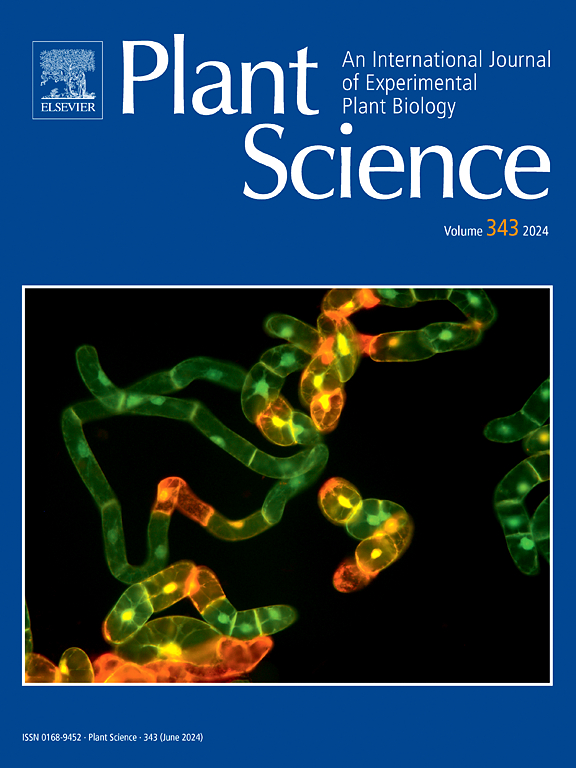Unveiling molecular mechanisms of iron and zinc dynamics in rice
IF 4.2
2区 生物学
Q2 BIOCHEMISTRY & MOLECULAR BIOLOGY
引用次数: 0
Abstract
Iron (Fe) and zinc (Zn) are essential micronutrients critical for human health, yet their deficiencies are widespread, particularly in rice-dependent populations. Rice, a staple food for over half the global population, lacks sufficient bioavailable Fe and Zn in its grains, contributing to global malnutrition. This review delves into the molecular mechanisms governing Fe and Zn transport in rice, focusing on gene families such as IRT, YSL, ZIP, and HMA, which regulate uptake, translocation, and storage. These transporters exhibit intricate interactions and crosstalk, influenced by environmental factors and shared pathways, underscoring the complexity of Fe-Zn homeostasis. Biofortification, through genetic engineering and conventional breeding, emerges as a promising solution to address Fe and Zn deficiencies. Genetic strategies include overexpression of ferritin and nicotianamine synthase genes, alongside manipulation of metal transporter genes, to enhance micronutrient accumulation in rice grains. The advanced breeding approaches including marker-assisted selection and quantitative trait loci (QTL) mapping, complement genetic engineering, offering non-transgenic alternatives for micronutrient enhancement. The common challenges such as regulatory barriers, public perception, and trait stability under diverse conditions necessitate interdisciplinary collaboration and technological advancements.
揭示水稻铁锌动态的分子机制
铁(Fe)和锌(Zn)是对人类健康至关重要的必需微量营养素,但它们的缺乏很普遍,特别是在依赖水稻的人群中。大米是全球一半以上人口的主食,其谷物中缺乏足够的生物可利用铁和锌,导致全球营养不良。本文对水稻铁锌转运的分子机制进行了深入研究,重点研究了水稻铁锌吸收、转运和储存调控的基因家族,如IRT、YSL、ZIP和HMA。这些转运体受环境因素和共享通路的影响,表现出复杂的相互作用和串扰,强调了铁锌动态平衡的复杂性。生物强化,通过基因工程和传统育种,成为解决铁和锌缺乏的一个有希望的解决方案。遗传策略包括铁蛋白和烟胺合成酶基因的过度表达,以及金属转运基因的操纵,以提高水稻籽粒中微量营养素的积累。先进的育种方法,包括标记辅助选择和数量性状位点(QTL)定位,补充了基因工程,为微量营养素的增强提供了非转基因的选择。监管障碍、公众认知和不同条件下的性状稳定性等共同挑战需要跨学科合作和技术进步。
本文章由计算机程序翻译,如有差异,请以英文原文为准。
求助全文
约1分钟内获得全文
求助全文
来源期刊

Plant Science
生物-生化与分子生物学
CiteScore
9.10
自引率
1.90%
发文量
322
审稿时长
33 days
期刊介绍:
Plant Science will publish in the minimum of time, research manuscripts as well as commissioned reviews and commentaries recommended by its referees in all areas of experimental plant biology with emphasis in the broad areas of genomics, proteomics, biochemistry (including enzymology), physiology, cell biology, development, genetics, functional plant breeding, systems biology and the interaction of plants with the environment.
Manuscripts for full consideration should be written concisely and essentially as a final report. The main criterion for publication is that the manuscript must contain original and significant insights that lead to a better understanding of fundamental plant biology. Papers centering on plant cell culture should be of interest to a wide audience and methods employed result in a substantial improvement over existing established techniques and approaches. Methods papers are welcome only when the technique(s) described is novel or provides a major advancement of established protocols.
 求助内容:
求助内容: 应助结果提醒方式:
应助结果提醒方式:


